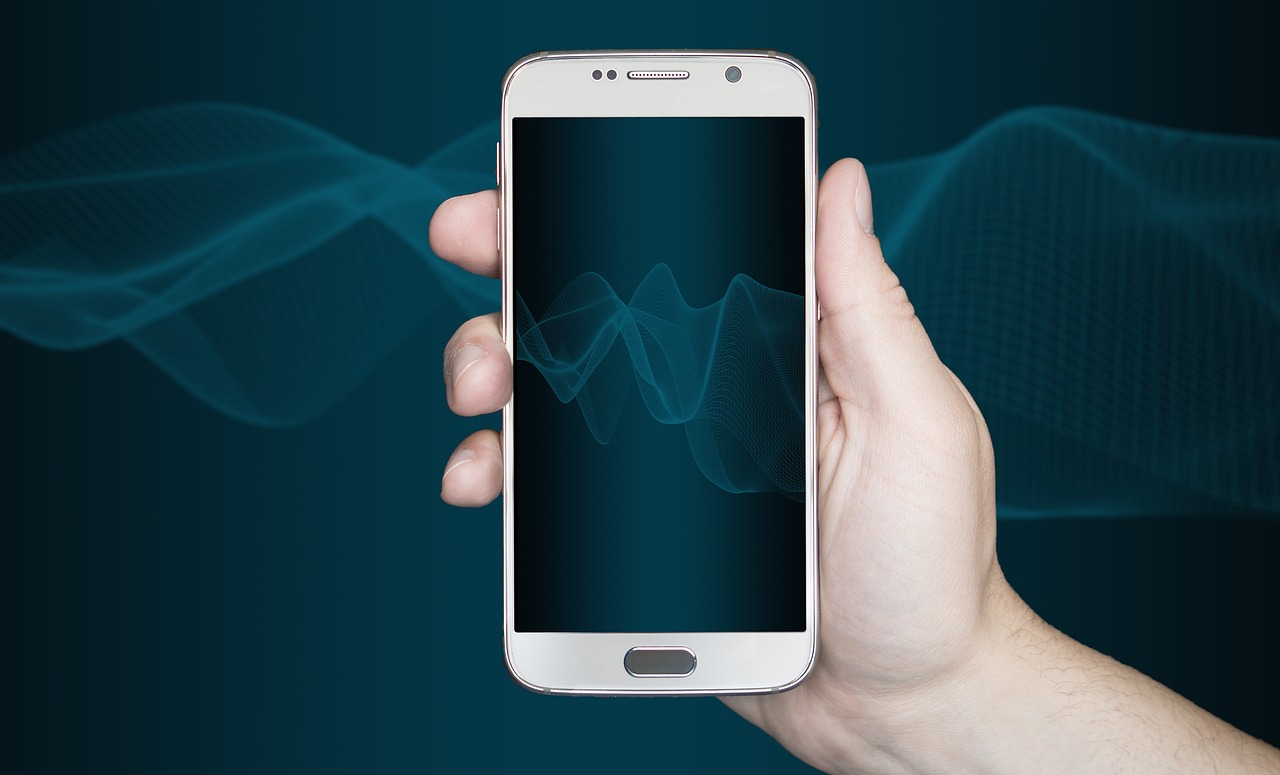Just as 5G networks are becoming a mainstream reality around the world, delivering on their promise of faster speeds and lower latency, researchers in labs and universities are already deep into the ambitious task of defining its successor: 6G. Each generation of mobile technology has brought a paradigm shift. 1G gave us voice, 2G gave us text, 3G brought us basic web browsing, 4G enabled the mobile video revolution, and 5G is connecting the Internet of Things (IoT).
So, what will 6G bring? The answer is far more profound than just “faster 5G.” While the speeds will be mind-boggling, 6G is a conceptual leap that aims to completely erase the boundary between the physical, digital, and biological worlds. It’s envisioned as the nervous system for a globally connected, intelligent, and interactive future.
The Technological Pillars of 6G
To achieve this vision, 6G will be built on several groundbreaking technologies that push the limits of physics and computing.
-
The Terahertz (THz) Spectrum: 5G’s highest speeds are achieved using millimeter wave (mmWave) frequencies. 6G will venture even higher into the spectrum, into the sub-terahertz and terahertz bands (between 100 GHz and 10 THz).
-
The Benefit: These frequencies can carry an incredible amount of data, promising theoretical peak speeds of up to 1 terabit per second (Tbps). That’s fast enough to download over 100 full-length movies in a single second.
-
The Challenge: Terahertz waves are extremely fragile. They have a very short range and can be blocked by almost anything, including walls, rain, and even the air itself. This will require a network far denser than anything we have today.
-
-
AI and Machine Learning at the Core: In previous generations, AI was a feature added to the network. In 6G, AI will be the network. The immense complexity of managing a terahertz network with millions of devices will be impossible for humans. An AI/ML core will dynamically manage the network’s resources in real-time. It will predict traffic, route data packets around obstacles, allocate spectrum efficiently, and even heal itself by detecting and resolving network issues automatically.
-
Reconfigurable Intelligent Surfaces (RIS): This is one of the most futuristic and crucial components of 6G. An RIS is a thin, flat surface (which could be integrated into walls, billboards, or ceilings) containing thousands of tiny, passive elements. These elements can be electronically controlled to reflect and steer radio waves in specific directions. Instead of a signal being blocked by a building, an RIS on the building’s surface could catch the signal and redirect it around the corner to your device. This technology will allow us to essentially “paint” wireless coverage exactly where it’s needed, overcoming the limitations of the terahertz spectrum.
The “Killer Apps”: What 6G Will Make Possible
The unimaginable speeds and near-zero latency of 6G will enable applications that sound like science fiction today.
-
Holographic Communication and the True Metaverse: While 5G can power virtual and augmented reality (VR/AR), 6G will provide the bandwidth and instantaneous response needed for truly immersive, real-time holographic communication. Instead of a video call, you could have a full 3D, photorealistic hologram of a person in your room, interacting with you as if they were physically there. This is the level of immersion required for a true, persistent metaverse.
-
The Tactile Internet and Extended Reality (XR): Latency in 6G is expected to be in the microseconds, a thousand times faster than 5G’s millisecond latency. This is faster than the human nervous system. It will enable the “Tactile Internet,” where touch and haptic feedback can be transmitted instantly over the network. This would allow a surgeon to control a robotic arm thousands of miles away and “feel” the resistance of the tissue, or allow you to shake hands with someone’s hologram.
-
Digital Twins: 6G will be the backbone for creating highly detailed, real-time virtual replicas of physical objects, systems, or even entire cities. A city’s digital twin would be fed a constant stream of data from billions of sensors (on traffic, weather, energy use, etc.) over the 6G network. Urban planners could then simulate the effect of a new subway line or a traffic policy on the digital twin before implementing it in the real world.
-
Integrated Sensing and Communication (ISAC): This is a paradigm shift where the network itself becomes a sensor. The same 6G radio waves that carry data can also be used for high-precision radar-like sensing. The network could sense the location and movement of drones, self-driving cars, or even a person’s gestures. Your phone could potentially measure the room’s dimensions or monitor your breathing just from the way its radio signals bounce off the environment.
The Road Ahead: Challenges and Timeline
The path to 6G is long and fraught with challenges.
-
Technological Hurdles: Developing cost-effective and energy-efficient hardware that can operate in the terahertz spectrum is a monumental task.
-
Infrastructure Investment: The density of base stations and RIS panels required will demand an infrastructure investment that dwarfs that of 5G.
-
Energy Consumption: Powering this massive network sustainably is a major global concern that researchers are actively working to solve.
-
Privacy and Security: The societal implications of a world where our every move and gesture can be sensed by the network are profound and require a new framework for digital ethics and privacy.
Conclusion: Beyond Communication, Towards Fusion
We should not think of 6G as just a faster version of 5G. It represents a fundamental fusion of the digital and physical worlds. While 5G connects our devices, 6G aims to create an intelligent fabric that connects everything, everywhere, all the time. The research and development happening today are laying the groundwork for a future that will be more connected, more intelligent, and more interactive than we can currently comprehend. The first commercial 6G networks are expected to begin rolling out around 2030, heralding the dawn of the next great technological era.
